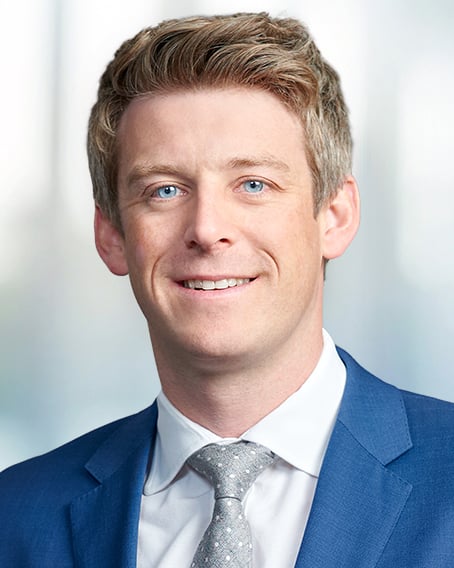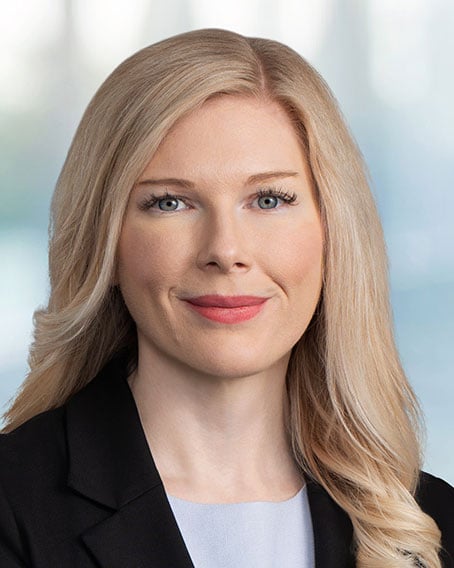The 2025 SuperReturn conference in Berlin last week once again solidified its position as a cornerstone event for the global private markets community, offering a vital platform for insights, networking, and a palpable sense of industry evolution.
Organisers continue to expand the event (including outside of the Intercontinental Hotel to neighbouring hotels, shops, bars and restaurants), reflecting the dynamic shifts within the sector. A number of key themes emerged from the panel and networking discussions as set out below, highlighting both established trends and unexpected observations, all underscored by an increasing emphasis on purpose-driven investment and robust relationships between GPs and LPs.
The Unstoppable Momentum of Private Credit
The private credit summit panels confirmed that private credit remains a dominant force, with direct lending continuing to lead the charge. However, the significant product differentiation in this asset class was also a focus, including on senior and unitranche facilities, and a growing emphasis on opportunities in the lower-mid-market.
Many LPs are actively reviewing their exposure and it was evident that a notable geographical distinction exists, with the US offering a broader universe of established lower-mid-market managers compared to a more limited landscape in Europe. Beyond direct lending, other strategies like credit opportunities continue to attract considerable interest, even from traditionally cautious institutional investors (e.g. German insurance and pension funds investors).
Asset-backed credit offerings are also experiencing strong fundraising traction, often propelled by large asset managers with extensive marketing reach. This broad segment encompasses diverse strategies such as NAV Financing, Leasing, and SRTs.
While some might perceive this as a "flavour of the month," many of these strategies are far from new, represented by specialist managers with track records exceeding over a decade. Finally, it was clear that LP concerns within the credit space still primarily revolve around leverage, structural complexity, and obtaining robust downside protection.
Industry Consolidation and Shifting Landscapes
It was repeatedly highlighted in various panel discussions that the private markets industry is in the midst of a significant consolidation wave, a trend expected to continue. This includes liquid managers acquiring illiquid platforms, private equity firms expanding their footprint into private credit, and insurers entering the direct lending space.
These activities are occurring alongside the continued growth of the GP-stake market. One interesting point highlighted in the panel discussions on this topic was the substantial differences in these transactions regarding their "LP friendliness," suggesting varying degrees of alignment with investor interests.
Impact Needs to be Done at Scale
As widely publicised, a keynote appearance from U2’s Bono, who is also a co-founder of the TPG Rise Fund, powerfully advocated for commerce over aid in addressing global poverty, challenging attendees to "invest in us and with us" if they truly care about making change. Along with TPG’s Jim Coulter, he shared compelling and specific case studies, such as Zipline's drone medical delivery leading to a 51% decline in maternal mortality in Rwanda, and InStride's efforts to tackle the 36 million Americans who started but didn’t finish college. TPG (and Bono’s) central message was clear: "You don’t have impact if you don’t scale it."
Mid-Market Fundraising Growth
Mid-market private equity notably emerged as the most positive growth area for fundraising in 2024 and H1 2025. This success was attributed to relationship-driven origination, a "dirt under fingernails" approach, and next-generation founders' increased openness to private equity for globalisation support. We have seen this first-hand with our clients on the fundraising side with a number of significant closings being held for mid-market funds both in Europe and the US in H1 2025.
Navigating Challenges with Optimism and Innovation
While geopolitical factors, including the US tariffs and other global challenges, certainly took centre stage in some discussions, the overall atmosphere remained optimistic. Speakers and delegates alike focused on rising to these challenges, with Europe emerging as a strategic priority for fundraising and deal-making opportunities. AI, disciplined portfolio management, bilateral deal-making, and private wealth were all discussed as potential solutions in a tough market. There was a clear sense of innovation and urgency, emphasising that GPs must work harder and smarter to create value, raise capital, and deliver exits.
Maturity of Secondaries Market
There was a strong emphasis that the secondaries market and, in particular, continuation funds, are no longer niche, having evolved into a mature market with serious strategic depth. However, panelists emphasised that under capitalisation remains a key obstacle to scale, with future expansion likely to depend on secondary GP’s ability to raise and deploy capital.
That said, on another panel it was accentuated that whilst the PE industry has expanded its toolbox with continuation vehicles, secondaries, NAV financings, and refinancings, nothing replaces a true sale, which requires alpha assets and substantial operational value creation. This is certainly something that LPs are testing with their GPs and which we expect will start to place greater pressure on continuation fund transactions.
Overall, SuperReturn 2025 showed a renewed optimism for European and global private markets despite recognizing the pervasive challenges of liquidity, complex exits and regulatory and fiscal unpredictability.
Please click here for more of our takeaways from the SuperReturn International 2025 Conference.
Subscribe to Ropes & Gray Viewpoints by topic here.
Stay Up To Date with Ropes & Gray
Ropes & Gray attorneys provide timely analysis on legal developments, court decisions and changes in legislation and regulations.
Stay in the loop with all things Ropes & Gray, and find out more about our people, culture, initiatives and everything that’s happening.
We regularly notify our clients and contacts of significant legal developments, news, webinars and teleconferences that affect their industries.





